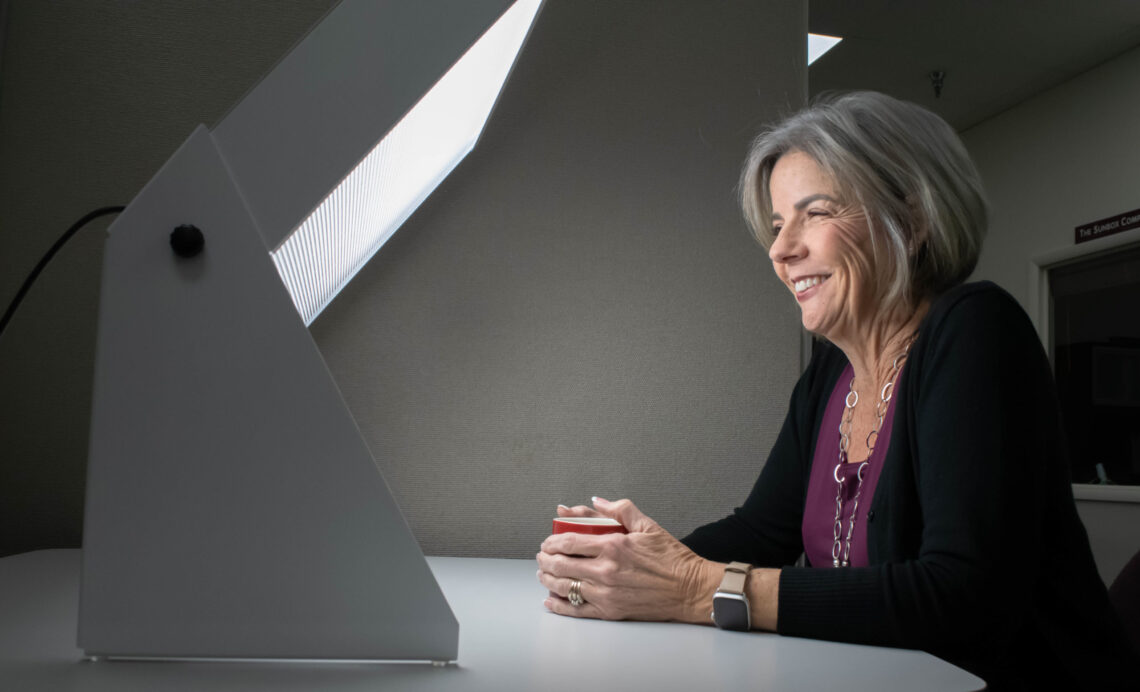
Scientific research continues to advance our knowledge of how mental health can be improved, and one area that is gaining popularity is bright light therapy - a therapeutic method that uses special lamps that emit bright light similar to natural light. sunlight.
Seasonal affective disorder (SAD) is one of the most well-known mental disorders that can be treated with phototherapy. This disorder, also known as winter depression, occurs due to insufficient exposure to sunlight during the winter. The main symptoms of SAD are depressed mood, fatigue, low energy levels and increased appetite. Light therapy helps balance these symptoms by providing the body with the right dose of bright light.
Research conducted on phototherapy for SAD supports its effectiveness. For example, one study published in the Archives of General Psychiatry found that using phototherapy for 30 minutes each morning during January resulted in a significant reduction in SAD symptoms in most patients. This study highlights the effectiveness of light therapy as a treatment for SAD and highlights the importance of light to our mental well-being.
Phototherapy has also been shown to be beneficial for other mental health disorders such as clinical depression, bipolar disorder, anxiety and post-traumatic stress disorder (PTSD). Work done in these areas indicates that light therapy may help reduce the symptoms of these disorders and improve the mood of patients.
Thus, one study published in the journal “JAMA Psychiatry” showed that phototherapy can be effective in treating clinical depression. Study participants who received light therapy reported a significant reduction in depressive symptoms compared to the control group. This study demonstrates the potential promise of light therapy as an adjunctive treatment for clinical depression.
In the case of bipolar disorder, phototherapy may be especially helpful in regulating bipolar conditions. Research published in The American Journal of Psychiatry found that phototherapy can help reduce the intensity of manic episodes and improve the condition of patients with bipolar disorder. This demonstrates the potential benefits of light therapy for those experiencing this complex disorder.
However, phototherapy is not limited to the treatment of mental disorders. It may also be helpful in improving overall mental well-being and increasing productivity and energy in daily life. This method can be especially useful for those who work in areas without natural light, as well as for those who have sleep disorders or circadian rhythm disorders.
Scientific research is also examining the effects of phototherapy on other aspects of our physical and mental health. For example, it has been found that phototherapy can improve sleep quality and reduce insomnia symptoms in older adults, as well as improve their cognitive function. This suggests that light therapy may be beneficial for those facing age-related problems.
In addition, phototherapy can have a positive effect on mood and overall mental well-being. A study from the University of California, Los Angeles indicates that bright light may increase the brain's production of serotonin, a mood-regulating chemical. This may explain why light therapy helps improve mood and reduce symptoms of depression and other mental disorders.
One of the main benefits of phototherapy is that it has minimal side effects. Most people can use light therapy safely and without any health risks. However, it is always recommended to consult a doctor before starting treatment, especially if you have mental health conditions or other medical problems.
The phototherapy method is approved by the Ministry of Health of Ukraine and is included in the national protocol No. 00716 for the treatment of depression.
The Expio center uses a professional American phototherapy device, the SunBox SunRay II Light Box Light Therapy, which emits 10,000 lux at a distance of 50-60 cm.
For reference:
